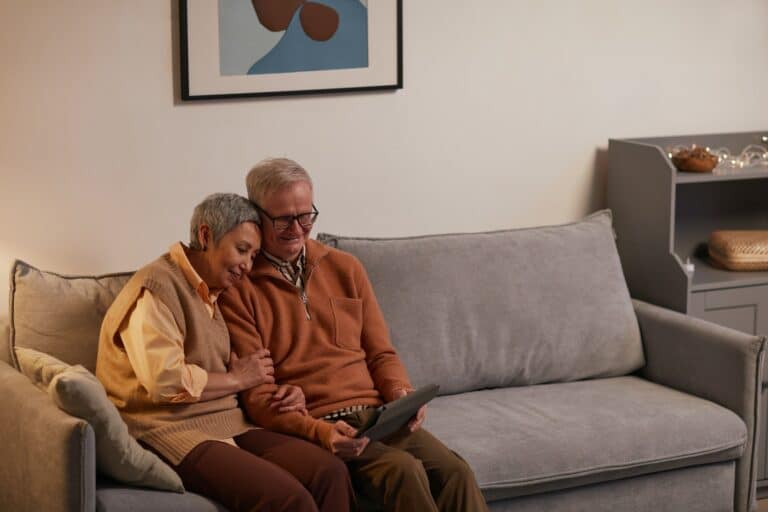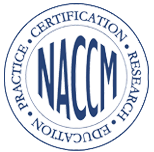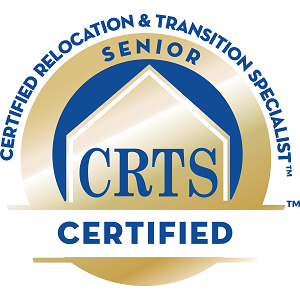Falls Prevention Awareness Day – Senior Safety
September 22 is National Falls Prevention Awareness Day. This event highlights one of the most significant risks seniors face, and it encourages us to find ways we can minimize risks to help the elderly lead safer lives.
What is Falls Prevention Awareness Day, and why is it Important?
Every year, more than 36 million falls are reported in the United States, and more than 3 million seniors are treated in U.S. Emergency Rooms. At least 300,000 older people are hospitalized due to hip fractures, and 95% of those fractures are caused by falls.
Falls Prevention Awareness Day is an important reminder that seniors face unique risks as they age. It helps raise awareness about senior safety and the importance of tailored senior care.
Falls Prevention Awareness Day stems from the introduction of emergency systems, linking back to the 1970s.
Psychologist Andrew Diber recognized seniors’ increased fall risks as they age, caused by various factors, from poorer eyesight to decreased muscle coordination. In 1976, he patented his own emergency system.
After Diber’s emergency system was released, countless companies created similar systems to ensure the safety of seniors. Thanks to these systems, and the amount of advertising they invested in throughout the 90s, thousands of lives were saved as more seniors were aware of and adopted the technologies.
The first Falls Prevention Awareness Day took place in four states in 2007. The following year, The Falls Free State Coalitions suggested that the day should always be on the first day of fall each year.
How to Be Proactive in Falls Prevention
You can play an active role in senior safety by taking steps to prevent falls in your loved one’s home. These strategies can help you identify and reduce risks to ensure senior safety.
Focus on physical activity.
Seniors who exercise more have stronger muscle tone, better balance, and coordination. Being active can help prevent seniors from losing their balance or not being able to catch themselves if they fall. Staying active also helps lower their risk of cardiovascular disease and other illnesses.
Add grip bars in the bathroom.
Add grip bars beside the toilet, tub, and shower if necessary. Make it easier for seniors to lift and steady themselves whenever they use the restroom. You may even consider replacing a traditional tub with a walk-in model that doesn’t require stepping over the side.
Increase lighting.
Tap and motion-sensor lights in hallways and staircases can help seniors navigate more safely, especially at night or in the early morning.
Remove trip hazards.
Avoid having any obstacles in their way at all times. Carpets, rugs, and clutter can put seniors at a greater risk of falling. You can also move pet beds and food bowls to external walls, so four-legged friends are less likely to cause an accidental fall.
Consider non-slip flooring.
Hardwood floors are not suitable for seniors as they have little resistance. Rubber, cork, and vinyl flooring are great alternatives. If you opt for carpeting, go for a low-pile type that is easier for seniors with walkers and canes to move over.
Use a medical alert device.
There are many options on the market, but we highly recommend the Electronic Caregiver. Electronic Caregiver Premier includes a pocket smart health device and emergency wrist pendant, with one-touch telehealth and interactive care plan support. This device utilizes both Global Positioning Systems (GPS) and Cellular Based Location Services (CBS) to locate the user’s current location, with 24/7 emergency response and automated health surveys. The sensitive microphones allow operators to hear clients anywhere the mobile device is, whether in the home or on the go.
It is also wise to consult with your senior loved one’s primary care provider. They can offer advice on preventing risks your loved one may face based on their health and home life.
Including seniors in their safety is essential. Falls Prevention Awareness Day is the perfect conversation starter. Talk to your loved ones about falls, and ask what changes could be made to make them feel safer.
What to Do if a Fall Occurs
If your loved one does fall, stay calm, and assess for injury. Signs of a fall injury include:
- Evidence of a broken bone or fracture
- Skin bruising or discoloration
- Swelling
- Pain
If there are no apparent signs of injury, you can start to lift them. To safely pick up a senior after a fall, help them roll onto their side. Encourage them to take several deep breaths as their blood pressure adjusts.
Next, help them gradually move to their hands and knees. If they are too weak to do this, you may want to call for assistance. You can also provide a sturdy chair in front of them to raise themselves.
They should then move their strongest leg forward until they are in a kneeling position. Follow with the second leg.
If there is no sign of injury up to this point, continue encouraging them until they stand. If they have pain or difficulty walking, schedule an appointment with their doctor on the same day.
If your loved one falls and is unconscious, call 911 right away. Check whether they are breathing, and feel for their pulse at the wrist and base of the neck.
General Tips for Senior Safety
A routine part of good senior care is assessing risks and finding ways to minimize them. Follow these suggestions for preventing falls and keeping your loved one safe:
- Encourage seniors to perform balance and strengthening exercises.
- Use assistive devices, like walkers or canes, for improved stability.
- Ensure seniors eat a healthy diet that promotes healthy muscles and strong bones.
- Make sure seniors always have glasses within reach if they have poor eyesight.
We hope you find these tips helpful for Falls Prevention Awareness Day and year-round. If you would like more tips on senior safety and wellness, please subscribe to the Reflections newsletter.














